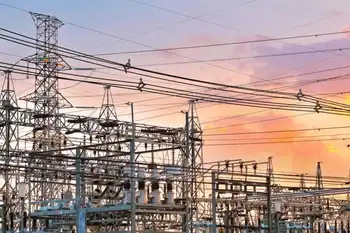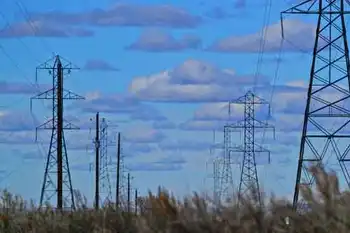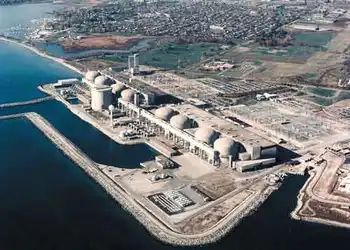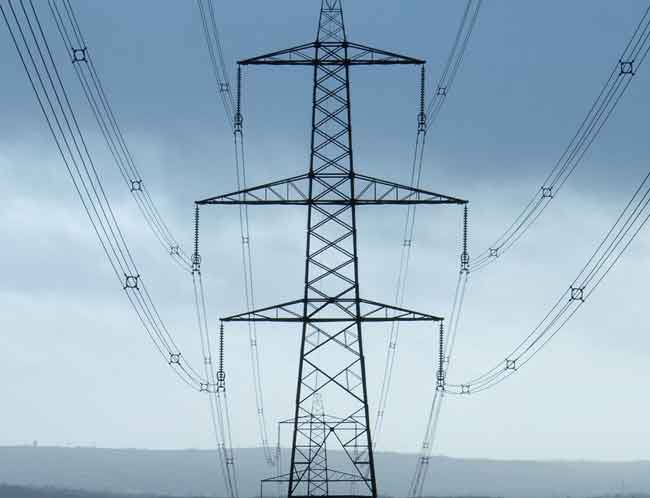Storm damages estimated at over half a billion
By Associated Press
Protective Relay Training - Basic
Our customized live online or in‑person group training can be delivered to your staff at your location.

- Live Online
- 12 hours Instructor-led
- Group Training Available
The three major utilities that sustained damage from the storm say they will spend close to $460 million for repairs. Much of the cost is from the widespread collapse of power lines and utility poles. Only the nonprofit Electric Cooperatives of Arkansas, which estimated damages at $250 million, stands to receive any state or federal assistance.
"The amount of line that was restored through this in the past weeks would go from here to Los Angeles," cooperatives spokesman Rob Roedel said. "And to think that was restored within a matter of 27 days, it's just amazing."
Electricity was finally restored to the last customers February 23, nearly a month after the storm first came into the state.
Entergy Arkansas stated in a filing to the Arkansas Public Service Commission that its damages were between $165 and $200 million, while Southwestern Electric Power Co.'s northwestern district took a $10.5 million hit. According to the Public Service Commission, Entergy and SWEPCO will have to temporarily raise rates to pay off the damage costs.
"The first step would be to defer those costs and then to address those funds" through a surcharge or a rate change, said John Bethel, director of the Public Service Commission. Entergy has already requested a deferment, and Bethel expects the same from other utilities.
SWEPCO is considering a temporary rate increase for customers in Arkansas, according to spokeswoman Kacee Kirschvink. The five-day storm resulted in repair costs nearly twice of those after the dual ice storms in late December 2000. This time, more than 40,000 electrical poles snapped or were damaged under the burden of the ice-laden wires or trees. The Electric Cooperatives of Arkansas replaced over 1,500 miles of electrical wire.
President Barack Obama declared 29 Arkansas counties disaster areas in early February, releasing federal funds to aid in the cleanup effort. The Arkansas Department of Emergency Management estimated the cost of the storm at $125 million, mostly from the cost of removing the debris of snapped trees that littered the ground in north Arkansas. Of that, up to 75 percent could be covered by federal funds.
Because the Electric Cooperatives of Arkansas is a nonprofit, it would be eligible for federal money, while private companies Entergy and SWEPCO will have to cover their own costs.











